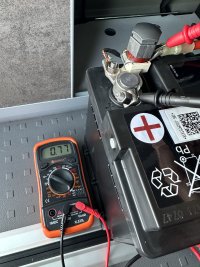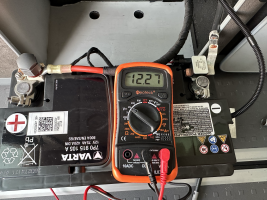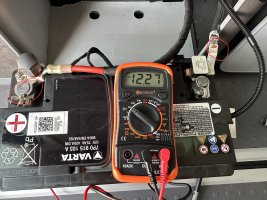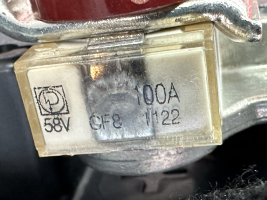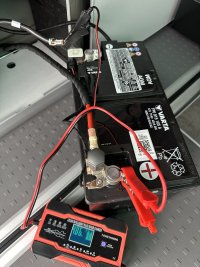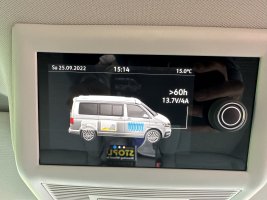G
Gazzer01
My New T 6.1 ocean was delivered a couple of weeks ago after a year wait and have been using it for a couple of weeks away. I put it on ehu at home and on site and every time the battery status was constantly showing > 60 hrs After several hours charging.
for the past 3 days when on ehu it only shows a maximum of around 35 hrs and appears only half capacity according to the blue bars. This is also the maximum when not on ehu and driving.
any ideas please on what I can try before taking it back to the dealership to let them troubleshoot and rectify ?
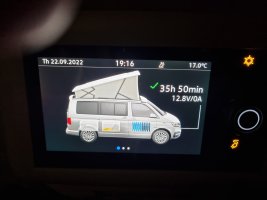
for the past 3 days when on ehu it only shows a maximum of around 35 hrs and appears only half capacity according to the blue bars. This is also the maximum when not on ehu and driving.
any ideas please on what I can try before taking it back to the dealership to let them troubleshoot and rectify ?





